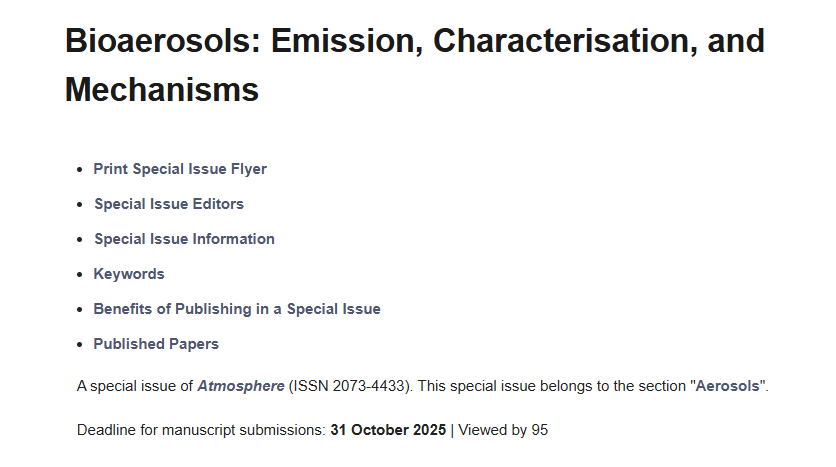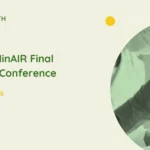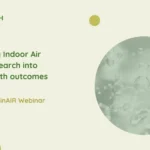We are excited to present this Special Issue on “Bioaerosols: Emission, Characterisation, and Mechanisms” in Atmosphere.
This Special Issue seeks to highlight cutting-edge research that elucidates the emission pathways, complex characterization, interactions with particulate matter and mechanistic understanding of bioaerosols across various scales and environments.
Bioaerosols—biological particles suspended in the air—are central to various scientific fields, ranging from environmental science to public health and climate studies. Composed of microorganisms (bacteria, viruses, and fungi), fragments of biological material, and biogenic volatile compounds, bioaerosols influence numerous natural and human-made systems. Their emission, transportation, and fate have wide-reaching implications, from indoor air quality and disease transmission to ecological dynamics and atmospheric processes.
Despite significant advances, our understanding of the mechanisms underlying bioaerosol formation, release, and dispersion remains incomplete. Furthermore, new analytical techniques and innovations in computational modeling are unlocking previously hidden insights into their structure and behavior. Contributions featured in this issue explore the intersection of public health, ecology, chemistry, physics, and engineering. They examine topics such as the quantification of bioaerosol sources, the influence of environmental and anthropogenic factors on emission rates, and the molecular-level interactions driving bioaerosol aggregation and transport. This body of work also aims to advance methodologies for bioaerosol sampling and characterization, real-time monitoring, and high-resolution characterization through state-of-the-art tools such as next-generation sequencing, spectroscopy, mass spectrometry and bioinformatics.
Deadline for manuscript submissions: 31 October 2025.
Prof. Dr. Ian Colbeck
Dr. Philippa Douglas
Dr. Robert M.W. Ferguson
Guest Editors





